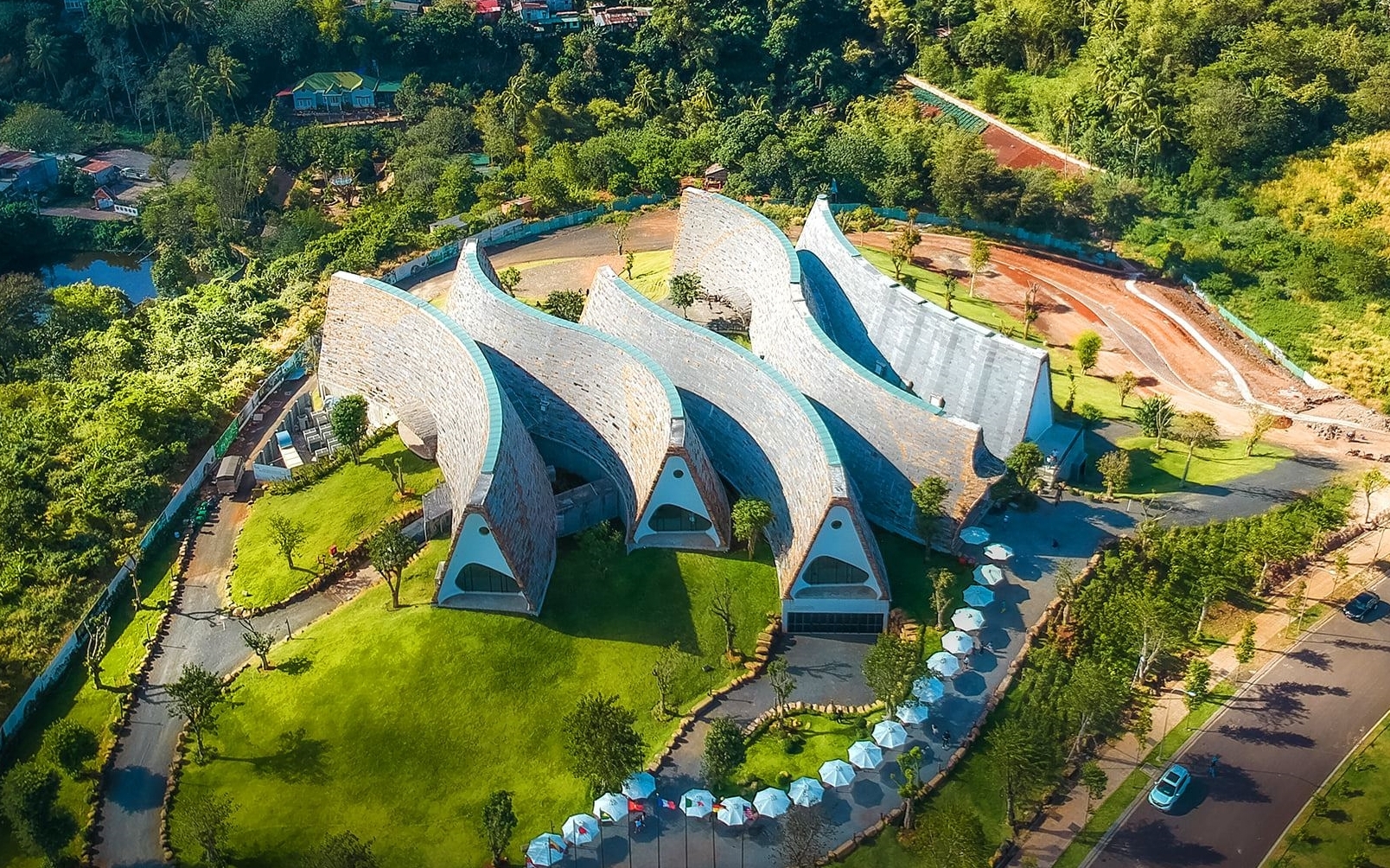
Introduced to Vietnam in the mid-nineteenth century, coffee has become one of the country’s main industrial crops. Vietnam is now the world’s largest producer of Robusta and second largest coffee exporter. Last year, its earnings from overseas shipments of the products hit a record high of about 4 billion USD, up 32% annually.
- Development process since 1857
In 1857, the French brought coffee into Vietnam during their colonisation. Buon Ma Thuot in the Central Highlands province of Dak Lak was chosen as a specialised plantation dedicated to coffea canephora species, known as Robusta coffee, in 1914 based on careful research on the local soil, climate, and altitude. By 1922, the red basalt land of Dak Lak had been covered by a vast green of French-managed coffee farms. At that time, the harvested beans were mainly brought to France.

Following the victory of the country’s long-term resistance war against the colonialists in 1954, its coffee culture gradually came into being. Coffee shops were then a place of social gathering, information exchange, and business transactions. After 1975, the drink made its debut in the northern region.
In 1986, Vietnam opened its door to the world, with its global integration process propelling social-economic development nationwide. The Government focused investment in coffee cultivation in the Central Highlands, central coastal, and southeastern regions, aiming to turn it into a key agricultural sector. Freshly issued policies at home and increasing global coffee prices resulted in very strong growth in terms of productivity, and export value. Large intensive farming areas consequently took shape in the Central Highlands’ Buon Ma Thuot, Cu M’gar, Krong Pak, Krong Nang, and nearby localities.

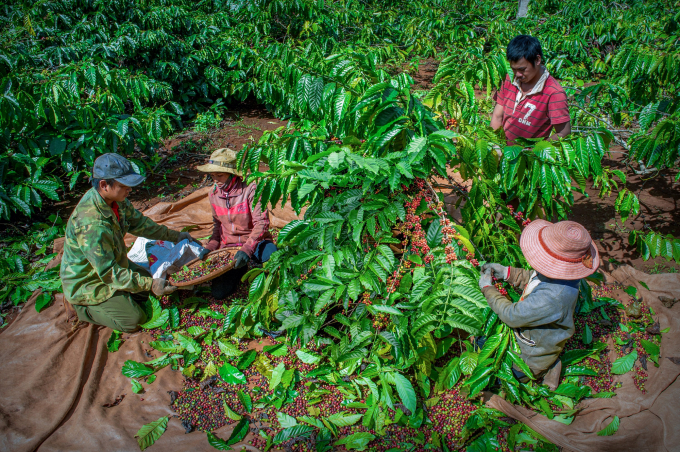

At the end of the twentieth century, Vietnam became the leading coffee producer in Southeast Asia and ranked second in the world after Brazil. The country had over 90% of its coffee land under the Robusta variety. During the Doi Moi (reform), the coffee industry thrived across Central Highlands provinces.
Private companies also embarked on coffee production and business. The cooperation among farmers, enterprises and the State had given birth to popular brands such as Trung Nguyen (1996) and Highlands Coffee (1998).
Currently, Vietnam grows three varieties, Robusta, Arabica, and Liberia. The proportions of Robusta, Arabica plantations are 90% and about 10%, while the growing area of Liberia contributes a very small part.



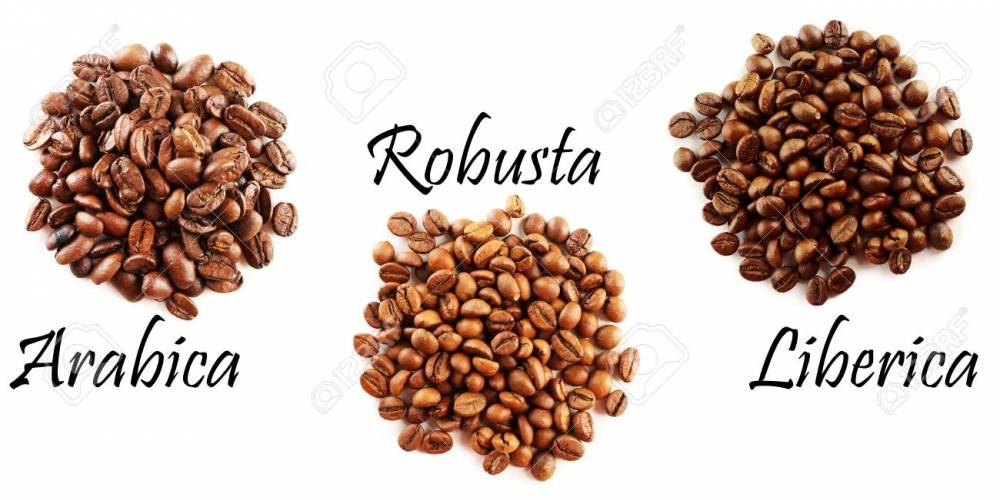
- Affirming position
According to Thai Nhu Hiep, deputy head of the Vietnam Coffee Cocoa Association (Vicofa), Vietnam is now the world’s largest producer of Robusta coffee and the second largest coffee exporter in the world after Brazil.
The country’s coffee growing areas amount to some 710,000 ha in total, with most of those for harvest located in five Central Highlands provinces, including Dak Lak.

Dak Lak’s Buon Ma Thuot city, dubbed Vietnam’s coffee capital, grows the tree on approximately 210,000ha for an average annual output of more than 520,000 tonnes, or over 30% of the country’s total productivity.
Also in the Central Highlands, Lam Dong and Dak Nong province stand out for their coffee industries. Lam Dong now houses more than 175,000ha of coffee areas for an average annual yield of 3.3 tonnes per ha, with the respective figures for Dak Nong being 140,000ha and 2.8 tonnes.

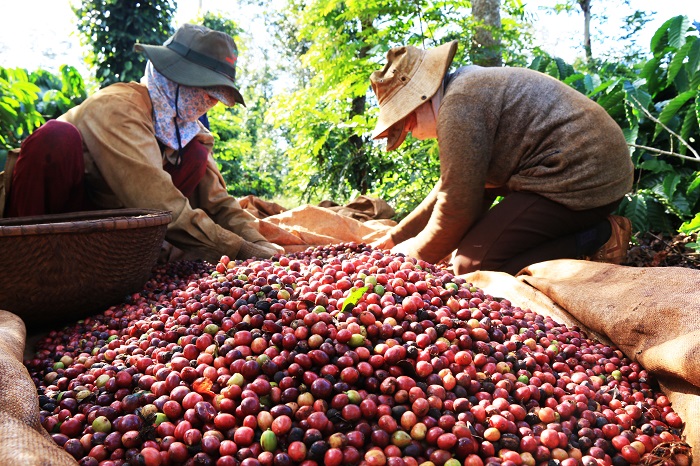
Along with increases in the farming area and output, the current process of innovation and international integration have brought about multiple opportunities for local businesses to participate in coffee production and processing and introduce their brands to the world.
In 2022, Vietnam shipped about 1.72 million tonnes of coffee overseas for 4 billion USD. Vietnamese coffee is now present in more than 80 countries and territories worldwide.
In particular, the quality of Vietnamese Robusta coffee has been recognised by leading coffee-consuming powers. Vietnam’s coffee export has recorded strong growth in such world coffee powerhouses as Germany, France, and Canada, while Italy – a ‘connoisseur’ of fine coffee with the highest demand on quality – has recently raised its import of the Vietnamese product.


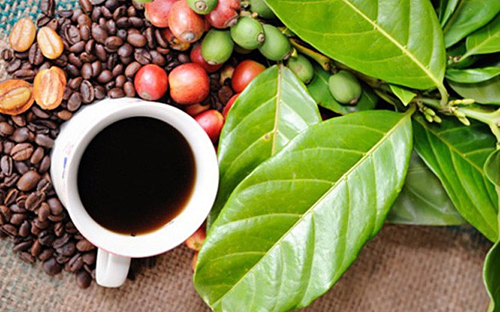
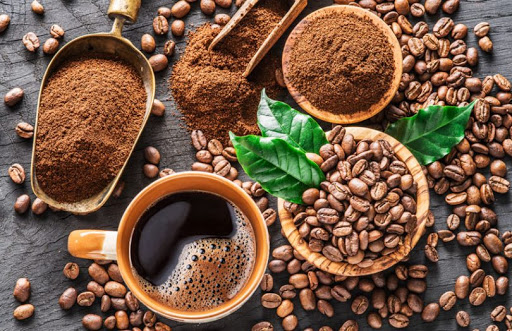
In addition, Vietnamese coffee has received myriad praise from a series of prestigious international press. Vietnam’s drip and special iced milk coffee, meanwhile, are the favourite for many foreign politicians and world famous stars during their visits to the Southeast Asian country.
Vietnamese coffee also holds cultural significance. A 45.45ha coffee city project began in January 2017, expected to become a core urban area of the Central Highlands and turn Buon Ma Thuot into the coffee city of the world.
The World Coffee Museum in Dak Lak is another example. It preserves more than 11,000 artifacts from three typical coffee civilisations, dating back many centuries. The museum, considered the cultural hub of the province and the region, has thus far welcomed some 4 million visitors from over 22 countries./.
